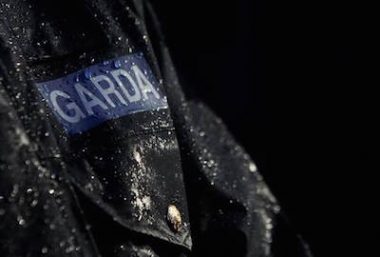Some of the lowest numbers of gardaí were assigned to rural areas, figures indicate.
And Donegal has some of the lowest number assigned to a regional area.
There are disparities in the number of new recruits assigned to different Garda divisions since recruitment resumed in Templemore, Co Tipperary, new figures show.
Since 2014, a total of 839 new garda recruits have been assigned to stations around the country.
And of that Donegal has received just 13 of those officers.
The Dublin north central division, which was the focus of the Kinahan-Hutch feud, has received 78 recruits, while some areas outside the capital have received relatively few recruits.
Dublin, with the highest crime rates in the country, has a comparatively high number of new gardaí assigned to its divisions.
Concerns about Garda resources to tackle gangland crime in Dublin were part of the general election campaign following a spate of gangland related murders in the city.
The Dublin north central division has been at the centre of the Hutch Kinahan gangland feud, which has led to the murder of 11 people. The escalation of the feud led to 3,000 Garda checkpoints and 1,800 street searches in connection with the Dublin north central division.
In terms of numbers of recruits, the Dublin north central division is followed by Dublin south central (77) Dublin west (77) an Dublin north (66).
The Kildare Garda division received 45 new recruits, the highest number to be assigned outside Dublin. Neighbouring county Wicklow received nine new gardaí.
The Louth division, which shares part of its border with Northern Ireland and has relatively high crime rates, was allocated 45 gardaí, while the Cavan/Monaghan division received 21 and Donegal got 13 gardaí.
Deployed
Limerick, where additional Garda resources have been deployed over the past decade to counteract major gangland crime in the city, received 33 new recruits.
The Cork city Garda division received 20 new recruits compared to rural divisions such as Wexford (28) and Tipperary (24).
Some of the lowest numbers of gardaí were assigned to rural areas – Mayo received three; Roscommon/Longford received five, with Cork North and Cork west receiving five gardaí respectively.
A further 750 trainee gardaí will graduate this year, which will see Garda numbers, taking account of projected retirements, increase to about 13,500 by the end of the year.
The figures were released last month to Fianna Fáil TD for Cavan Monaghan Niamh Smyth under a parliamentary question to Minister for Justice Frances Fitzgerald.
Ms Fitzgerald said the Government plans to achieve an overall Garda workforce of 21,000 personnel by 2021, comprising 15,000 Garda members, 2,000 Garda Reserve members and 4,000 civilians.
Supervised
A Department of Justice spokesman told the Irish Times that newly qualified (attested) gardaí are allocated to specially designated training stations which have the required training and development structures and resources in place, to ensure that they are properly supported and supervised and have opportunities to gain the breadth of policing experience required.
The following is the number of newly-attested Garda allocated aorund the regions.
Dublin east 38
Dublin north 66
Dublin north central 78
Dublin south 66
Dublin south central 77
Dublin west 77
Kildare 45
Laois / Offaly 36
Meath 26
Westmeath 17
Wicklow 9
Cavan / Monaghan 21
Donegal 13
Louth 42
Sligo /Leitrim 13
Kilkenny/Carlow 24
Tipperary 26
Waterford 24
Wexford 28
Cork city 20
Cork north 5
Cork west 5
Kerry 15






